Robins Air Force Base in central Georgia has been cleared to move forward with four new missions that will replace its retiring E-8C Joint STARS fleet, the service announced Monday.
The Air Force plans to bring one squadron of E-11A Battlefield Airborne Communications Node planes and three battle management and electromagnetic spectrum operations units to Robins over the next five years.
Two studies that looked how those missions could affect the environment at Robins, including factors like noise and pollution, found they would have “no significant impact,” the base said in a press release.
RELATED
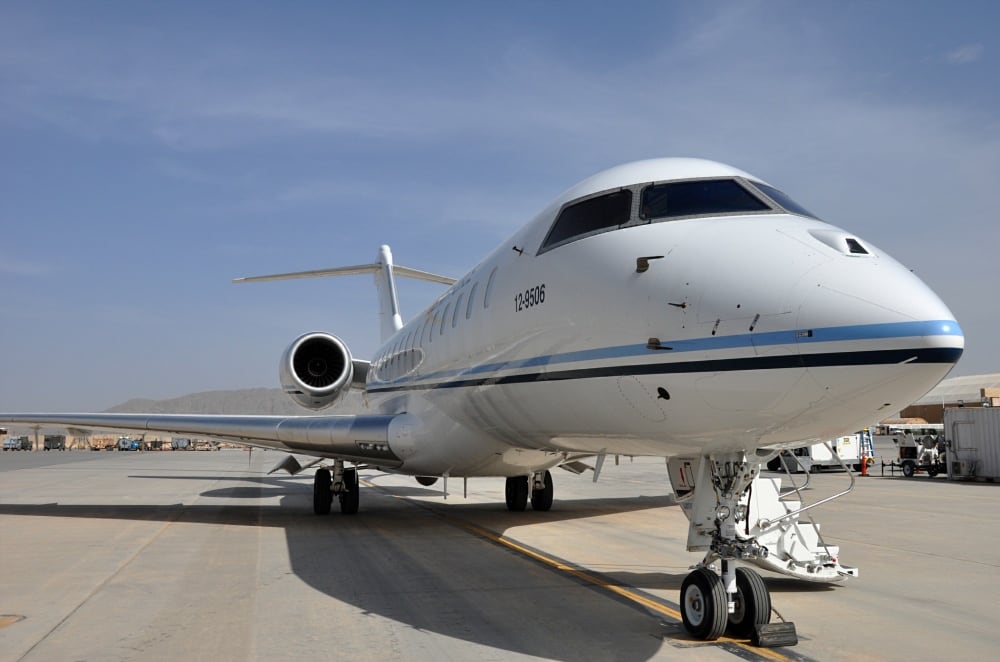
“New mission requirements and capabilities are already reimagining the … battlefield, and the men and women of the 461st Air Control Wing are poised to provide unrivaled expertise to usher in that vision,” said wing commander Col. Michelle Carns. “The [environmental assessment] approval brings us one step closer.”
The installation has served as the sole home to Joint STARS (Surveillance Target Attack Radar System) airborne command-and-control planes for over two decades. An enormous radar on the aircraft’s belly finds and tracks targets on the ground, so other units can attack or avoid them as needed.
Active duty airmen with the 461st ACW and Georgia Air National Guardsmen with the 116th ACW fly and maintain Joint STARS together. By next October, however, all E-8s will be out of service.
Six of the fleet’s 16 jets have retired as the Air Force looks to build a battle management enterprise that can stand up to modern physical and electronic attacks.
RELATED
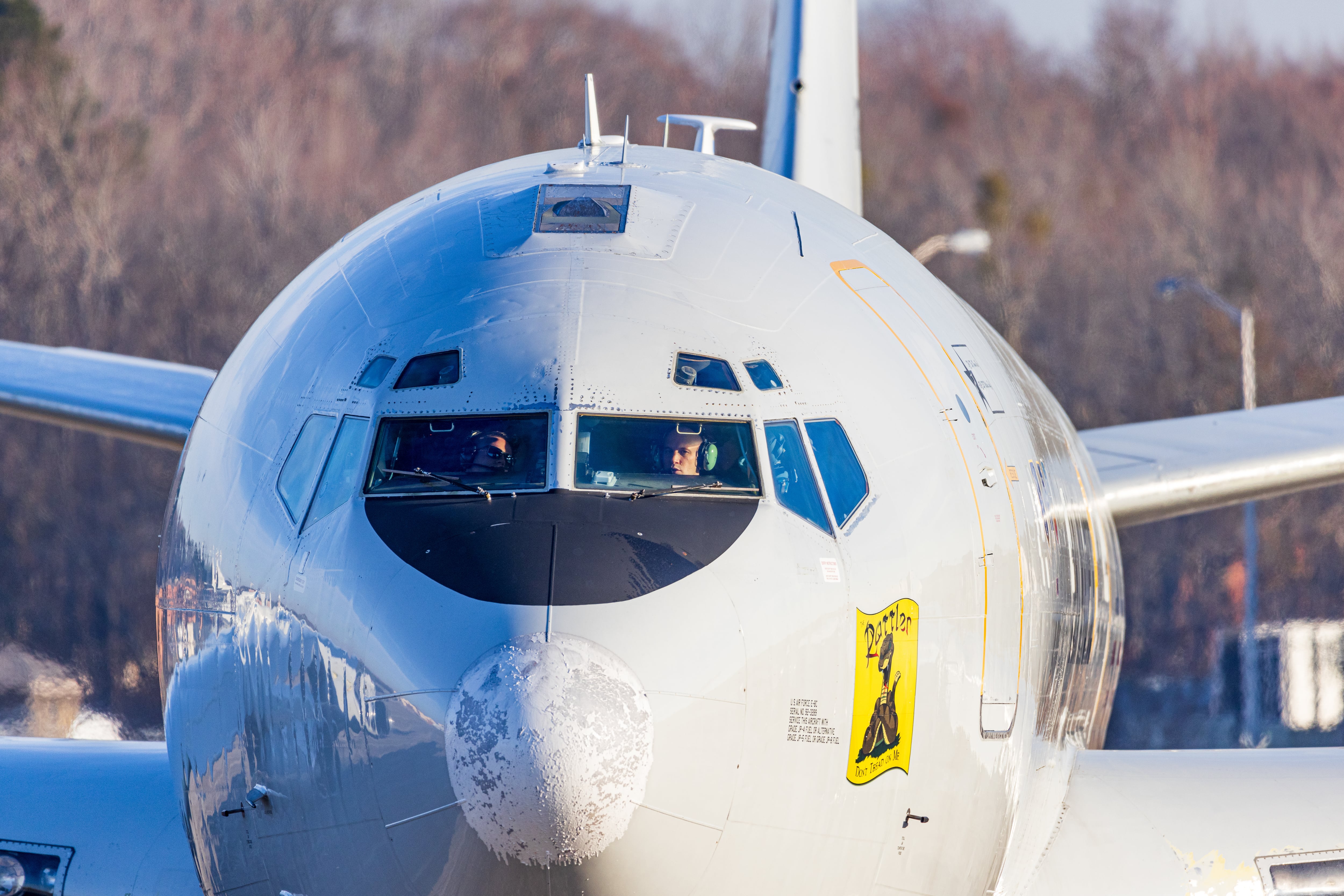
After a lengthy debate over how best to replace the E-8C, the Air Force ultimately decided to try collecting that same intelligence by networking other sensors, radars and satellites rather than buying a new fleet altogether. That effort is known as the Advanced Battle Management System.

Those airmen will be reassigned to new missions at Robins or moved to another base. The Air Force also plans to transfer people with battle management or related experience to fill any remaining jobs at Robins.
“There is no plan to reduce manpower billets at Robins AFB as a result of this mission transformation effort, and Georgia Air National Guard members will retrain to roles in the [battle management control squadron and ABMS family of systems] at Robins,” the Air Force said.
Now the base turns to the work of constructing new facilities and assembling the units — though details of what the organizations will do are fuzzy.
RELATED
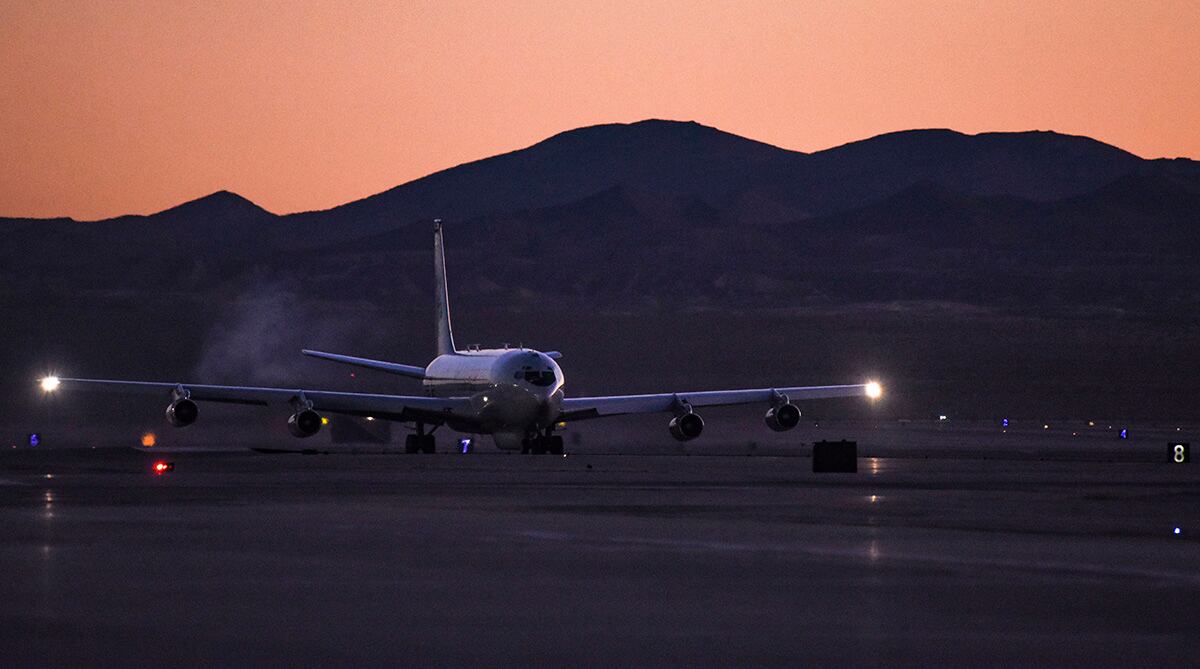
Robins began construction on a facility for classified support to the ABMS program in March, the Air Force said.
The battle management squadron will start arriving at Robins in 2023 and become fully operational by October 2024. Air Force Times previously reported that the unit would handle daily combat command-and-control operations in the Middle East.
Robins’s first BACN aircraft, a small Bombardier jet outfitted with a suite of long-range communications tools that let troops share data from afar, is slated to arrive in the spring. The squadron should be complete by fiscal 2027.
The Air Force previously said airmen at Robins would offer command-and-control support for the E-11A mission as a detachment to the 319th Reconnaissance Wing at Grand Forks Air Force Base, North Dakota, which flies the RQ-4 Global Hawk reconnaissance drone.
Officials plan to activate the 950th Spectrum Warfare Group, an active duty organization for electromagnetic spectrum offense or defense, in 2027 as well.
RELATED
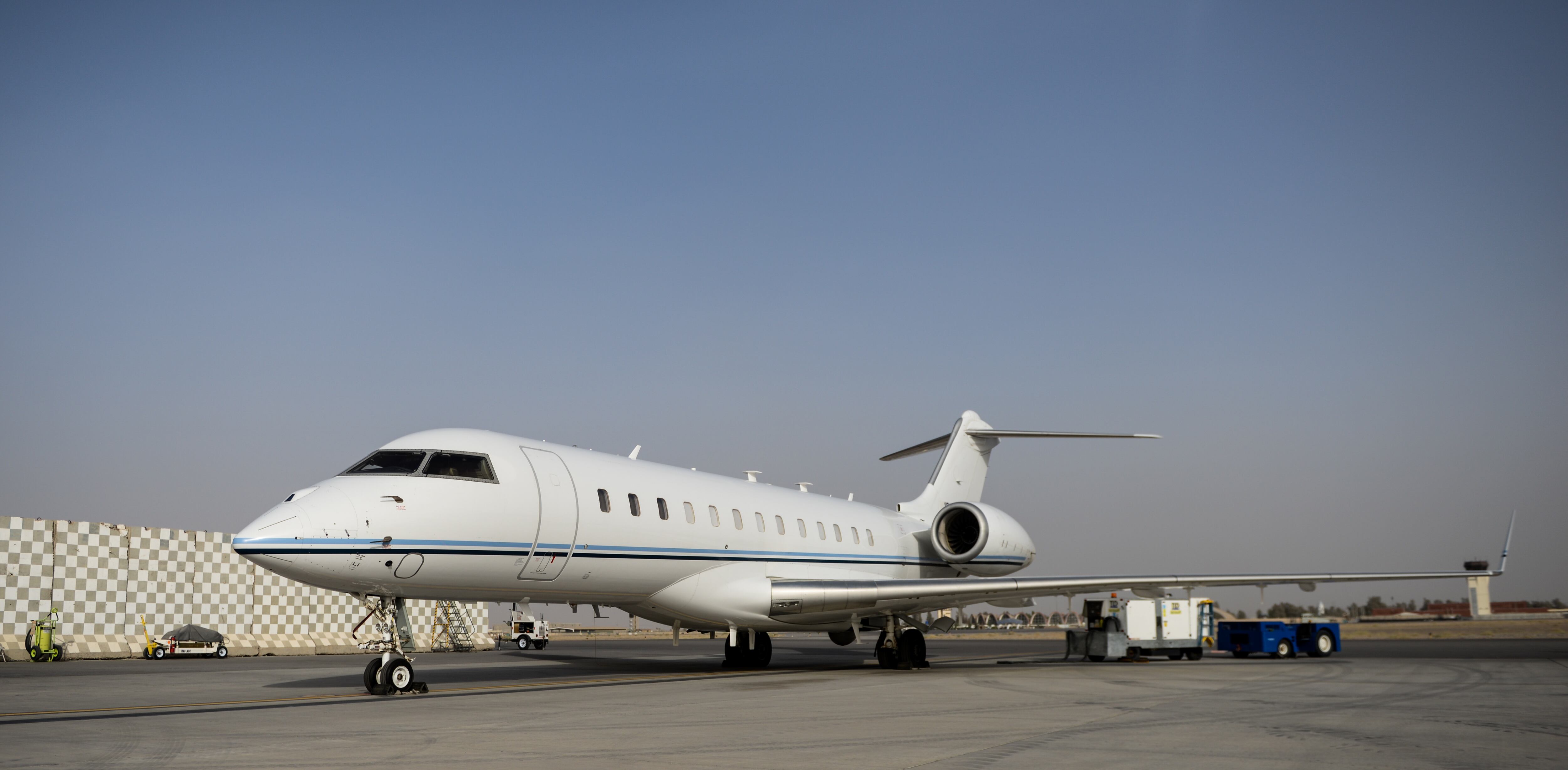
Col. Josh Koslov, commander of the 350th Spectrum Warfare Wing, told The War Zone earlier this year that the Air Force envisions the new group as a hub for holistically assessing how the service performs in EMS operations.
“Right now, we assess individually based on platforms, based on very specific systems on platforms, but we want to grow this operations group to provide a much better view of how the Air Force would perform in the spectrum in an operational environment, and that’s the 950th,” Koslov said.
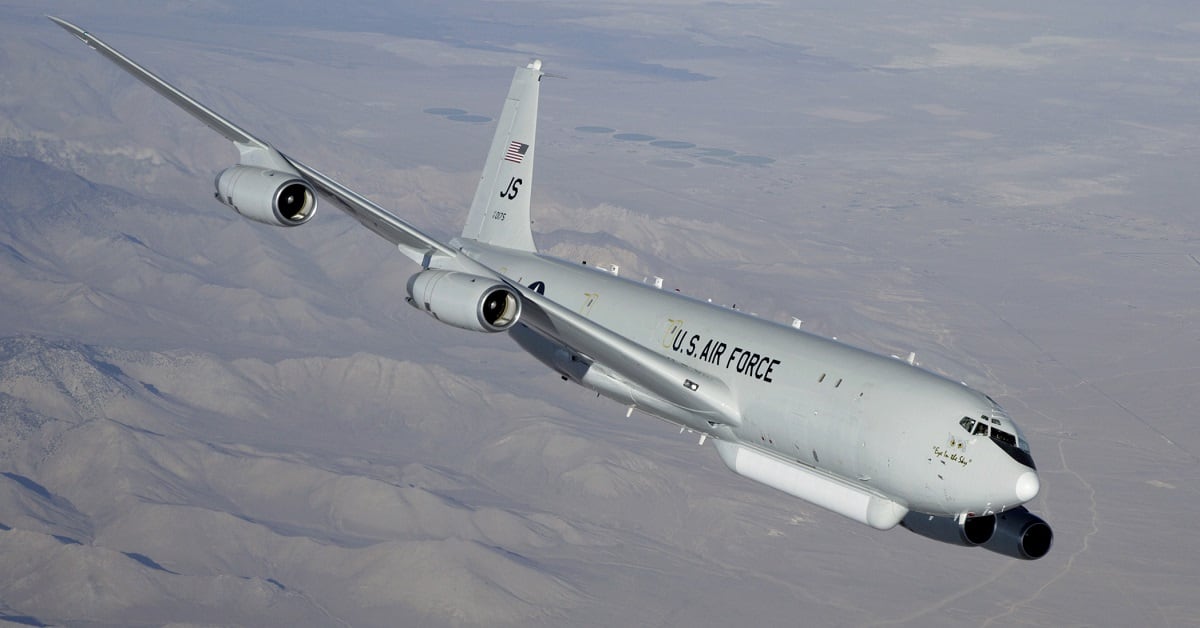
The design for a dedicated “Battle Management Combined Operations Center” that will house three of the future missions is currently under review, the Air Force added.
Robins employs nearly 24,000 military personnel, civilians and contractors.
“These four new missions will be essential elements of our National Defense Strategy for many years to come, and I am excited our Georgia Air Guard men and women are at the forefront,” said 116th Air Control Wing Commander Col. Christopher Dunlap.
Rachel Cohen is the editor of Air Force Times. She joined the publication as its senior reporter in March 2021. Her work has appeared in the Washington Post, the Frederick News-Post (Md.), Air and Space Forces Magazine, Inside Defense, Inside Health Policy and elsewhere.





